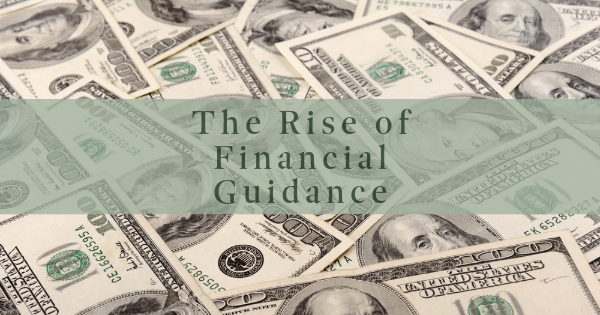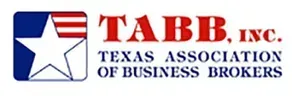Is Your 401(k) Setting You Up to Be Broke?
A Strategic Report on Inflation, Taxes, and Retirement Plan Risk
Insights from Josh Tolley, Entrepreneur and CEO of Kingsbridge
Executive Summary
Millions of Americans are relying on 401(k) and similar tax-deferred retirement plans—yet few understand the risks hidden beneath the surface. With rising inflation, unpredictable future tax rates, limited liquidity, and hidden fees, traditional retirement plans may not provide the financial security many believe they will.
This report explores the structural vulnerabilities of 401(k) plans and presents alternative wealth strategies backed by entrepreneur and financial strategist Josh Tolley.
1. The Tax Time Bomb: Postponed Taxes Become a Future Liability
401(k) contributions are made with pre-tax dollars, deferring taxes until retirement. While this seems like a tax advantage now, it creates a major future liability.
- Deferred taxes = future uncertainty. No one can predict future tax rates. If they rise, retirees may pay significantly more than expected.
- Historical perspective:
- 1960s: Top federal tax rate was 91%
- 1980s: Over 50%
- Today: ~37%, but near historical lows
The Risk:
A $1 million 401(k) balance could yield just $600,000 or less in spendable income if tax rates return to previous levels—turning a solid retirement plan into a financial shortfall.
2. Inflation: The Silent Erosion of Your Retirement Value
Inflation is often overlooked in retirement planning, but it drastically reduces real purchasing power over time.
- From 2000 to 2023, the U.S. dollar lost approximately 40% of its value.
- Even modest inflation (3–5% annually) can devalue savings over a 20- to 30-year period.
- Practical impact:
- $50,000 in income in 2000 now requires over $85,000 to maintain the same standard of living.
The Compounding Effect:
Inflation, when combined with taxes, can cut real retirement income in half—even with market growth.
3. Liquidity and Control: Limitations Built into Traditional Plans
Traditional retirement accounts like 401(k)s restrict when and how money can be accessed:
- Early withdrawal penalties: 10% penalty + income taxes if accessed before age 59½
- Market-tied risks: Your money is typically locked into employer-selected mutual funds
- No control during downturns: If you need to withdraw during a bear market, you may be forced to sell at a loss
Key Insight:
Restricted access and lack of flexibility can force poor timing on withdrawals and reduce your ability to respond to economic changes.
4. Hidden Fees: The Quiet Drain on Your Wealth
401(k) plans often include a range of management and administrative fees that are not always transparent to the investor.
● Average annual fees: 1–2%
● Over 30 years, these fees can consume more than 30% of your retirement portfolio
● Fees are deducted regardless of whether your portfolio grows, adding to losses in down markets
Example:
On a $500,000 portfolio, 2% in annual fees over 30 years can reduce your total retirement value by more than $300,000.
Conclusion: The Need for Alternative Retirement Strategies
As retirement landscapes change, so must the strategies that support them. Josh Tolley advocates for approaches that emphasize control, liquidity, and tax-free growth over passive, tax-deferred accumulation models.
Josh Tolley Recommends: Smarter Wealth Strategies
- Tax-free income tools, such as Indexed Universal Life (IUL) policies and Roth alternatives
- Cash-flow-first planning: Generating income from assets, not just relying on account withdrawals
- Control-based investing: Using real estate, private lending, and business equity to stay off Wall Street’s rollercoaster
- Accessible money: Designing systems where your capital works for you without penalties or restrictions
Share Post:
Leave Your Comment
search Article
Recent Posts








